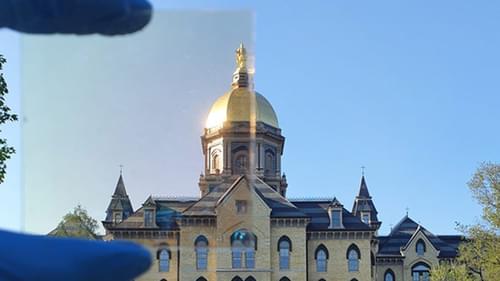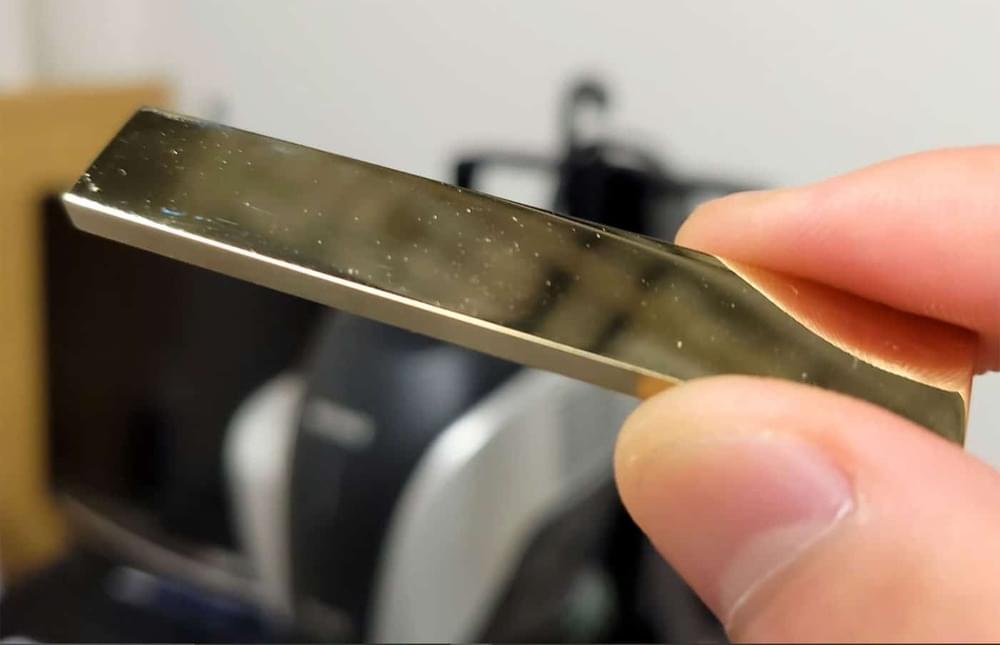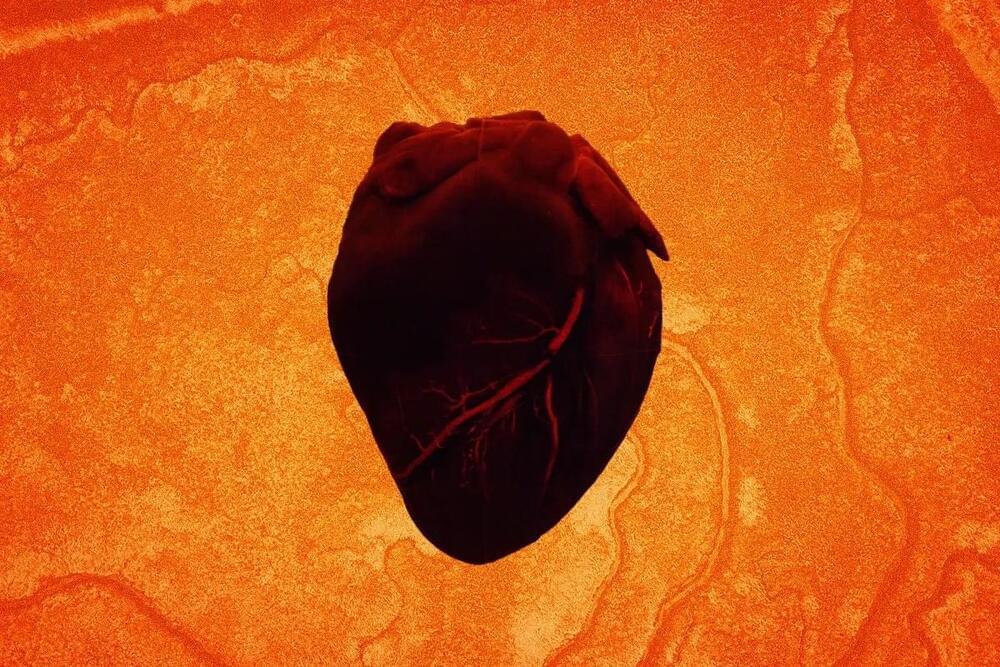Cooling accounts for about 15 percent of global energy consumption. Conventional clear windows allow the sun to heat up interior spaces, which energy-guzzling air-conditioners must then cool down. But what if a window could help cool the room, use no energy and preserve the view?
Tengfei Luo, the Dorini Family Professor of Energy Studies at the University of Notre Dame, and postdoctoral associate Seongmin Kim have devised a transparent coating for windows that does just that (ACS Energy Letters, “High-Performance Transparent Radiative Cooler Designed by Quantum Computing”).
The coating, or transparent radiative cooler (TRC), allows visible light to come in and keeps other heat-producing light out. The researchers estimate that this invention can reduce electric cooling costs by one-third in hot climates compared to conventional glass windows.









